Politics
Lies, Damn Lies And Statistics: Deepender Hooda Is Being Economical With The Truth On Haryana’s Standing In India
Arihant Pawariya
Jun 13, 2021, 11:29 AM | Updated 01:21 PM IST
Save & read from anywhere!
Bookmark stories for easy access on any device or the Swarajya app.
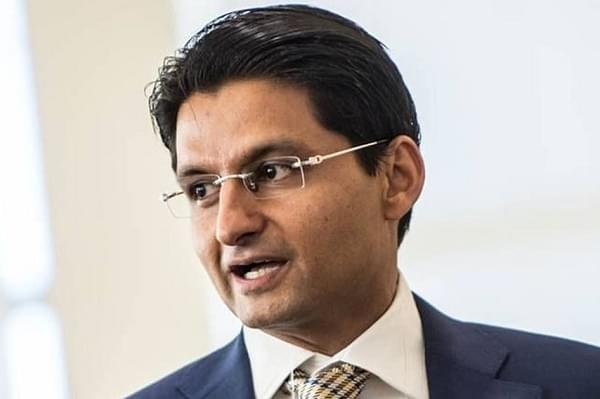
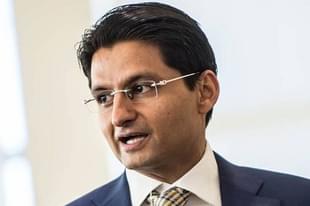
Three-time Lok Sabha Member of Parliament (MP) from Rohtak and present Rajya Sabha MP from Haryana, Deepender Hooda, took the Manohar Lal Khattar-led Bharatiya Janata Party (BJP) government in the state to task during a virtual interaction with journalists on Thursday (10 June).
It’s quite natural for a politician in the Opposition camp to berate those in power. In fact, this is the only constant one in politics that one can be certain of.
Normally, tirades against political opponents are not something that need to be taken seriously, but Hooda’s claims against Haryana’s position in the country were so patently false and misleading that I was surprised not a single journalist called him out on it during the question and answer session at the end of his monologue.
Let’s fact-check some of Hooda’s allegations on Haryana’s record:
First, Hooda said that one of the focus areas of his press briefing would be the Niti Aayog’s Sustainable Development Goals index published recently and ‘which shows the serious situation the present government has taken Haryana to.’
The report presented the truth and exposed the false claims made by Haryana government about its successes, he said.
It’s clear that Hooda believes Niti Aayog’s report to be true and is making his charges based on the facts presented by it.
He said that Haryana was at number 1 in 2014 on development parameters like per capita income, economic growth, investment, agricultural productivity and sports and now, it has fallen to three in unemployment and crime.
Of course, he forgot to mention that Haryana is still at number 1 in per capita income in the country (excluding small states like Delhi, Sikkim, Goa and Chandigarh).
Overall, it ranks at the 5th position. In 2014, when Bhupinder Hooda was chief minister, Haryana’s rank was 6th. So, Hooda Junior is being dishonest by comparing Haryana’s rank in per capita income during his father’s reign to Haryana’s rank in crime and unemployment during Khattar’s regime.
Similarly, Haryana’s position in agriculture and sports remains the same as it was seven years ago, as is evident from annual production and medals won by athletes.
As far as economic growth is concerned, Haryana’s GSDP growth rate between FY2015 to FY2019 has been marginally higher than the growth rate between FY2010 TO FY2014. Coming to investment, FDI inflows between FY2012 to FY14 were US $17.4 billion (averaging $5.8 billion) while FDI inflows between FY2015 to FY2020 were US $47.5 billion (averaging $9.5 billion per year).
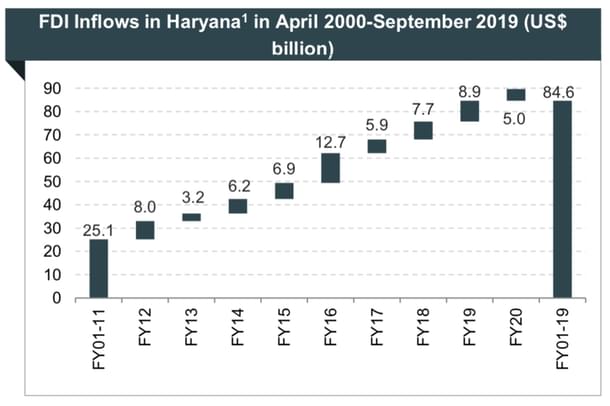
Hooda pointed out that Haryana ranked only second to Jharkhand in homicide rate (murders per lakh population). Actually, it’s at third position behind Arunachal and Jharkhand, but that’s a minor quibble.
Further, Hooda said that Haryana was the state which used to be hailed for its law enforcement. One is not sure which utopian era he is talking about, because in 2014, when his father was chief minister, the murder rate was 4.1, worse than today (3.9).
Haryana’s rank in this regard was fifth — behind Assam, Meghalaya, Jharkhand and Arunachal. In the past seven years, while Haryana has improved by 0.2 points, Assam and Meghalaya have improved their rate from 4.6 to 3.6 and Meghalaya from 5.8 to 2.1 respectively. That’s the only reason for Haryana moving from fifth worst to third worst state in murder rate.
The only criterion on which Hooda’s criticism seems on target is the unemployment rate, which has gone up from less than five per cent to touching double digits.
Haryana’s unemployment rate used to hover around the national average until 2014, but has risen considerably since then - currently more than three percentage points higher.
To sum up, facts don’t support Hooda’s criticism of Haryana’s performance on economic growth, per capita income, investment, agriculture productivity, sports, crime etc.
However, the state government would be well advised to focus on solving the issue of lack of jobs.
Second, Hooda said that in the Niti Aayog index on SDGs, Haryana has regressed on three parameters — quality education, industry and economic growth and poverty.
Let’s take education first. Hooda falsely claimed that Punjab has taken over Haryana on this front. On ‘Quality education‘ index, Haryana stands at fifth position while Punjab is a distant 12th.
Hooda needs to clarify if he even read the report or his research team misled him because Niti Aayog report puts Haryana in the top 5 (and top 3 if we exclude small states, something which Hooda loves to do when removing small states seem to worsen Haryana’s ranking in some index).
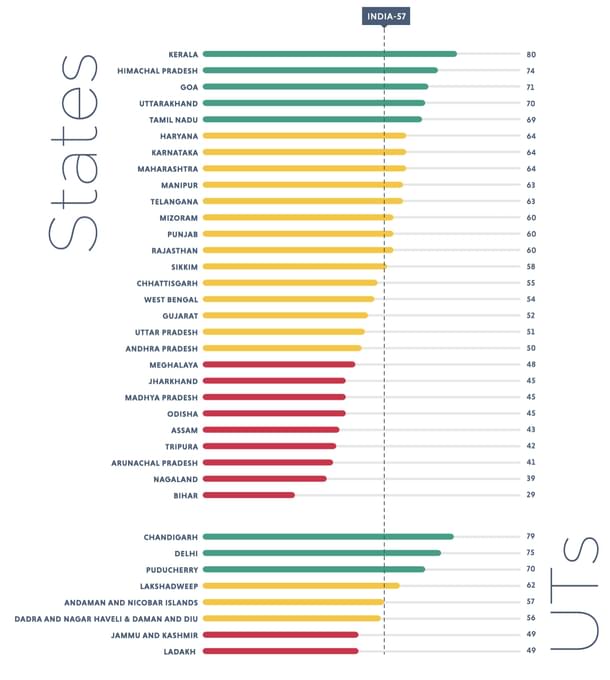
On industry, innovation and infrastructure also, Haryana stood at fifth position in the country. On economic growth, as already stated, the rate of growth has been higher in the last five years than it was during Hooda’s tenure as CM.
Additionally, it has consistently ranked in the top 6 as states with the highest GST collection, which is a good proxy of economic activity.
In every economic growth index, Haryana has ranked in the very top with economic powerhouses like Gujarat, Maharashtra, Karnataka and Tamil Nadu.
And, it has been the case since the 1980s (Haryana’s growth rate has averaged close to seven per cent between 1980-2014 — only behind Delhi, Gujarat and Maharashtra).
So, I am not crediting Haryana’s progress to the present regime. The point here is to refute the allegations of those who are blatantly lying about Haryana, just to show their opponents in bad light.
Let’s come to poverty figures now. Hooda said that this is the only government in the country which failed to make a dent in the poverty index, probably pointing towards the unchanged percentage of population (11.16 per cent) below poverty line from 2019 to 2020.
But what Hooda forgets to tell is that population below poverty has remained at 11.2 per cent since at least 2011 when the first estimates were made using the Tendulkar committee formula.
Maybe, it's because we have already reached an ideal target. The goal set for states is to have only 10.96 per cent of the population below the poverty line by 2030, but expecting such nuance would be too much.
Moreover, Haryana has improved its score on Niti Aayog’s ‘no poverty’ index from 47 in 2019 to 69 now — the biggest jump recorded by any state in the country.
Moreover, the all-India average score was only 60. While Haryana stood at 12th position overall, most of the states ahead of it are smaller ones. Among big states, only Tamil Nadu, Kerala and Andhra Pradesh are ahead of Haryana.
Apart from these, Hooda talked of Haryana’s poor showing on other indicators such as water and sanitation, inequality, health and well being, etc, giving the impression that things have worsened since the BJP came to power.
But on all these indicators, like the ones above, Haryana was no better than other states in 2014. In fact, when we compare the Haryana of 2014 on clean water and sanitation to today, a radical transformation has happened, but because that has happened across the country, it’s not going to show Haryana any better than other states.
Third, Hooda said that Haryana has reached 13th position in the ‘health and well-being’ index of Niti Aayog by constantly regressing over the years and ’states like Odisha and Rajasthan which weren’t considered even comparable with Haryana have gotten ahead of it’.
Again, one is puzzled which report he is reading, because though Haryana is ranked 13th in the index, Odisha is at 16th and Rajasthan at 18th position and the last time one checked, 13 comes ahead of 16 and 18.
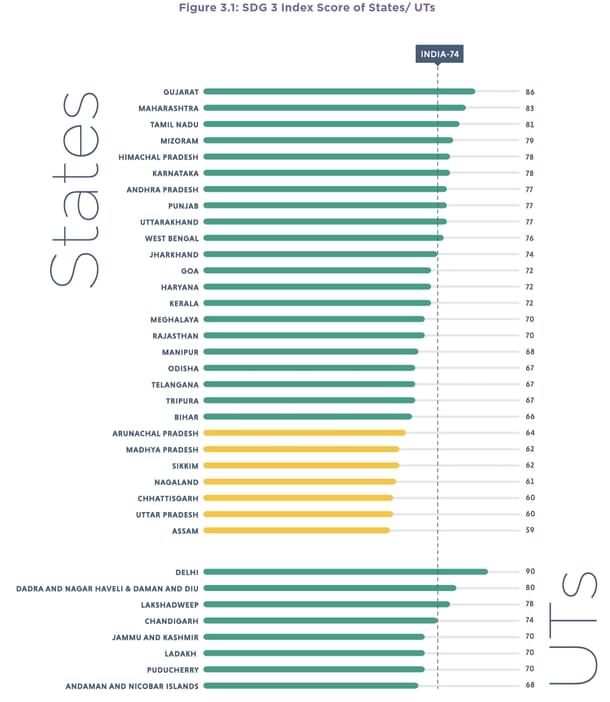
Personally, one would raise doubts over an index which ranks Jharkhand ahead of Kerala, but Hooda is not questioning the index. He is criticising Haryana’s standing, assuming the index to be close to reality.
More importantly, Haryana hasn’t regressed in the last seven years as Hooda would like us to believe.
In a much more exhaustive health index comprising many more indicators used by Niti Aayog for the year 2014-2015, Haryana stood at 19th position. (The below rank of 13 is among larger states only. Five smaller states [excluding UTs] were ahead of Haryana)
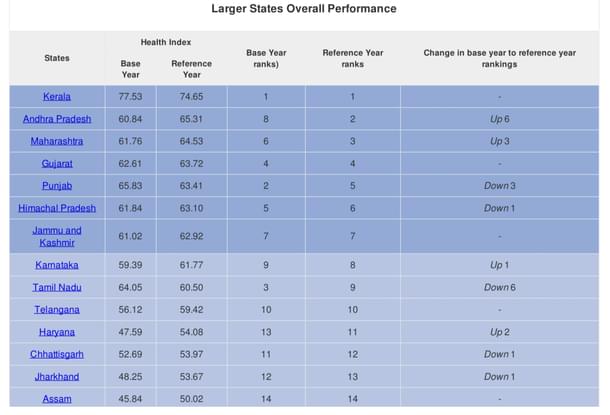
On health infrastructure, Hooda claimed that five medical colleges were sanctioned and and made operational under his father’s government and approval for two more was given.
These five projects were — Kalpana Chawla medical college in Karnal, ESIC medical college in Faridabad, AIIMS Jhajjar, Bhagat Phool Singh Medical college in Sonipat and Shaheed Hasan Khan Mewati medical college in Nuh.
There is no doubt that CM Hooda had indeed played an instrumental role in starting these institutes, but stating that they were completed before 2014 is not true because Kalpana Chawla medical college was established and got MCI approval in 2017 and AIIMS Jhajjar started operations in 2019.
In his address, Hooda tried to claim all the credit for the AIIMS Jhajjar campus, but the bitter truth is that despite his stellar contribution in getting this project to Haryana, it didn’t move an inch during his father’s five-year tenure.
AIIMS Jhajjar campus was approved in 2009 just before the Lok Sabha elections. Then, just before the 2014 general elections, money was approved and the foundation stone laid by PM Manmohan Singh.
It took five years to go from in-principle approval to official sanction by the Union cabinet.
In contrast to the Congress’ achievement, Hooda asked rhetorically, if the BJP government has laid even a foundation stone for a single medical college in seven years.
This is obviously incorrect. University of Health Sciences in Karnal named after Pandit Deen Dayal Upadhyay is being constructed in an over-150-acre campus, which is almost same in size to all the three medical colleges (combined) started by CM Hooda.
Sanctioned in 2016, it started classes for a couple of courses in 2018 itself. AIIMS Rewari, which was sanctioned in the 2019 budget, is also likely to start operations by 2023.
Still, one must appreciate CM Hooda for setting up even three important colleges with hospitals attached to them. They did play an important role in saving lives during the pandemic.
The Haryana government must aim to set up world-class government medical colleges in every district of the State. The current capacity is really underwhelming.
Fourth, during the Q&A session, Hooda claimed that Haryana wasn’t even administering 20,000 doses of vaccines per day. Below is the daily vaccination graph for Haryana, which shows that daily vaccination (7-day moving average) is over 62,000 doses and it had crossed the 20,000 doses mark on 12 March itself.
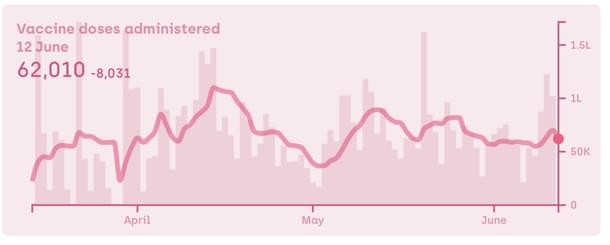
I am no fan of the present BJP government in Haryana. It has committed many blunders and has fallen way short of expectations in almost every sphere of governance.
But this doesn’t give the Opposition a licence to distort facts about Haryana for political purposes.
The reason for writing this piece is two-fold. First, such verifiably false information (and in such abundance) coming from a sitting Rajya Sabha MP and three-time Lok Sabha MP is unfortunate. Second, in this so-called press conference, not a single person challenged Hooda on his false claims and so, it was important that the record is set straight.
While mainstream media outlets have faithfully regurgitated Hooda’s false claims — like loyal stenographers (as they also do with claims of those in power) — it was important that someone documents and counters all the misleading statements about Haryana which are being passed off as facts.
Usurping all the credit for Haryana’s achievements while disowning all the mess and blaming the political opponents for it may be expedient, but it doesn’t do any good to the State.
Arihant Pawariya is Senior Editor, Swarajya.





